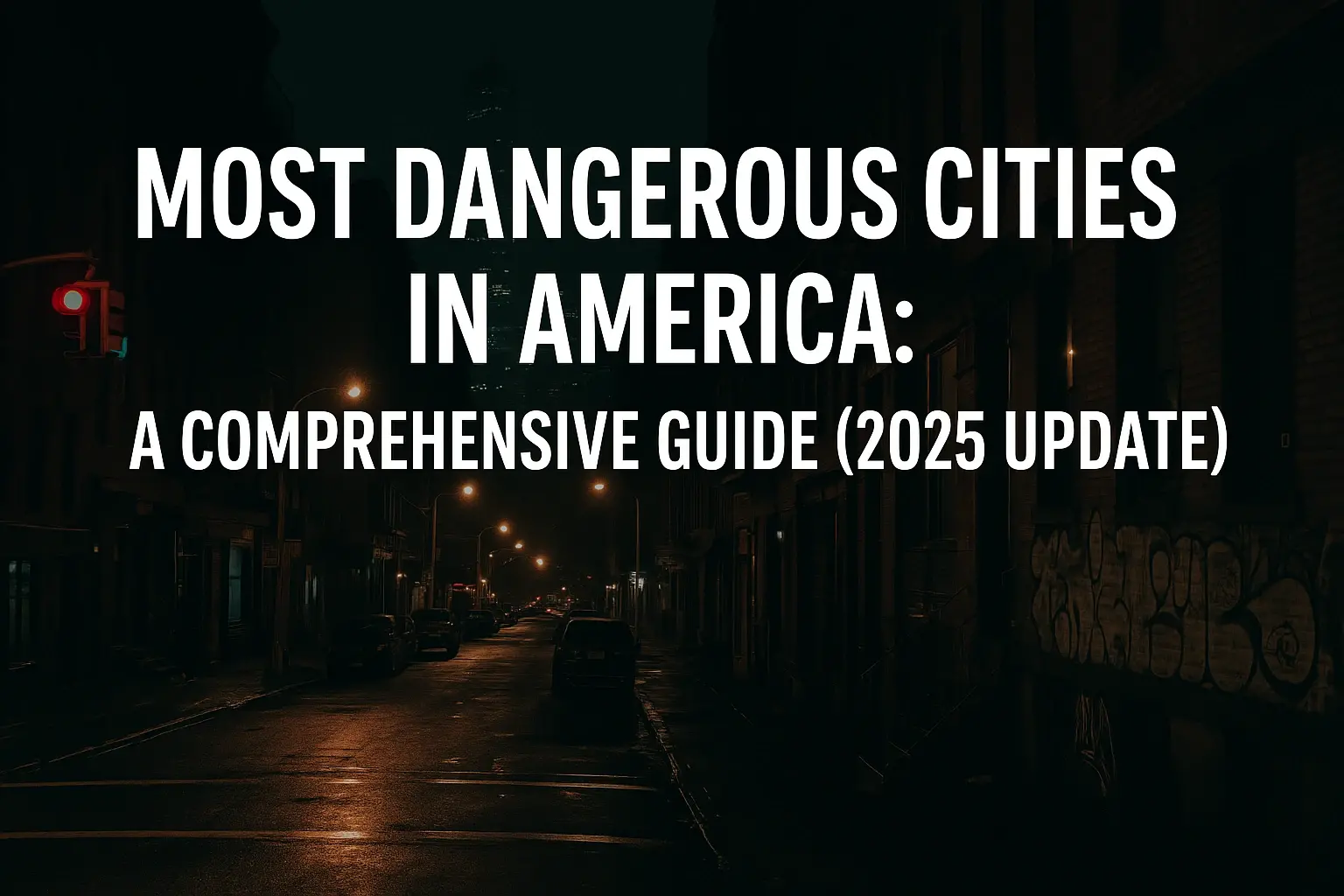Evaluating safety and crime rates in a state requires careful consideration of numerous elements, including rural safety issues as well as metropolitan crime figures. Not an exception is Ohio, a Midwestern state distinguished for its varied cities and rich history. Investigates Ohio's crime statistics, looks at the safety of its main cities, and offers an analysis of the general state security posture.
Understanding Crime Rates in Ohio
Like many states, Ohio boasts different crime rates based on the area. Two key categories help to define the general crime rate of the state: violent and property crimes.
1. Property Crime: Included among property crimes are motor vehicle theft, larceny theft, and burglary. Recent statistics show Ohio's property crime rates are somewhat higher than the national average. For example, the state has seen swings in burglary rates and theft events, which shows the necessity of continuous community and law enforcement initiatives to reduce these crimes.
2. Violent Crime: Usually drawing greater attention are violent crimes including murder, rape, robbery, and serious assault. With certain cities seeing more than others, Ohio's violent crime rates are somewhat close to the national average. Recent years have seen several violent crime categories rise in the state, which may be ascribed to a range of social and economic factors.
1. Cleveland: Though it has a thriving arts scene and cultural institutions, Cleveland also suffers major crime issues. Especially for assaults and robberies, the city has one of the highest rates of violent crimes in Ohio. Still, many parts of the city are very safe and violence is sometimes localized in certain districts.
2. Cincinnati: With so many people living there, Cincinnati presents certain criminal issues. The city sees a reasonable level of property and violent crime. Through several projects and alliances, Cincinnati's law enforcement departments and community groups are actively striving to improve safety.
3. Columbus: A growing metropolitan city and the state capital, Columbus has seen rises in property crime recently. To handle these concerns, the city is funding community safety initiatives and criminal prevention programs. Compared to several other big cities in the state, Columbus is still very secure.
4. Toledo: Toledo has had varying crime rates; some years indicate more violent crime while others show declines. Strategies the city is using aim to lower crime rates and improve public safety.
Rural vs. Urban Crime
Ohio's criminal scene is shaped in great part by the distinctions between urban and rural locations. Denser populations and socioeconomic elements help urban locations to have greater crime rates. On the other hand, with sporadic incidences of property crime and sporadic violent crime, rural parts of Ohio usually show reduced crime rates.
Factors Influencing Crime Rates
Many factors may affect Ohio's crime statistics, including:
1. Economic Conditions: Poverty and economic difficulty might lead to increased crime rates as those with financial problems could be more prone to engage in desperate or necessary crimes.
2. Social Factors: Crime rates may also be affected by social elements such as drug addiction, gang activity, and unstable families. Like many other states, Ohio is trying to solve these societal concerns using many interventions and supporting initiatives.
3. Law Enforcement and Community Programs: Crime prevention and safety depend much on the efficiency of local law enforcement and community projects. Neighborhood watch programs, community policing, and young outreach campaigns are just a few of Ohio's many projects aiming at lowering crime and improving public safety.
Safety Measures and Crime Prevention
Should you be worried about crime in Ohio, you may improve your protection by following a few guidelines:
1. Stay Informed: Keeping current with local crime news and data can help you be aware of any hazards in your neighborhood. Many Ohio cities and municipalities provide citizens with crime data and safety updates.
2. Community Engagement: Participating in local organizations and community safety initiatives can help you keep in touch with initiatives aiming at enhancing safety in your surroundings. One may change things by helping neighborhood watch groups and attending community meetings.
3. Personal Safety Practices: Adopting simple safety habits, including securing doors and windows, being alert of your surroundings, and reporting suspicious activity to the police, can help you lower your chance of becoming a victim of crime.
Conclusion
Ohio offers a different image regarding crime and safety given its combination of urban and rural locations. Although some areas have more crime than others, statewide initiatives and neighborhood projects are always trying to solve problems and enhance safety. Both locals and guests may help to create safer surroundings by keeping them educated and involved.







